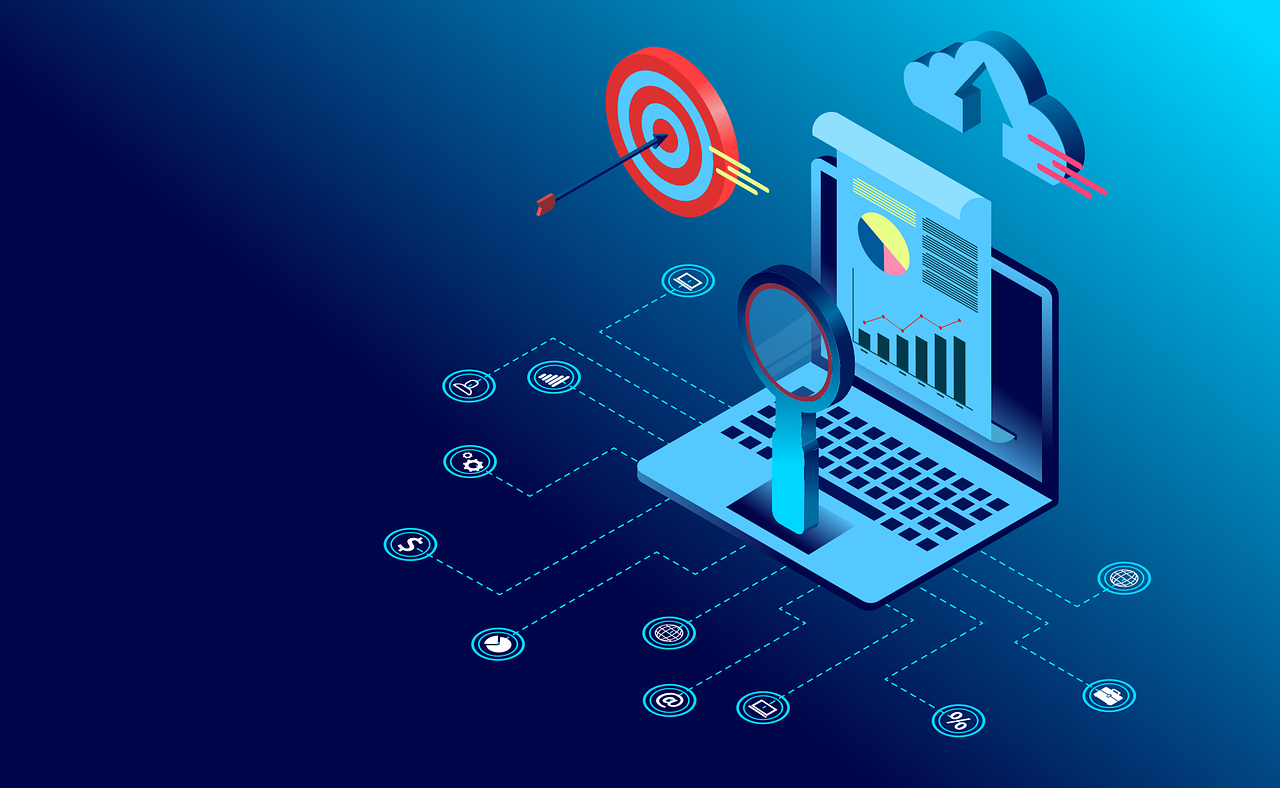
Management-Dashboards

Introduction
A management dashboard is an important IT solution that provides managers and decision-makers in a company with quick access to key performance indicators (KPIs) and business data. All relevant KPIs and information are collected and visualized in the dashboard so that all employees have access to the latest data at all times in order to make data-driven decisions.
Main features functions of a management dashboard
-
Central data collection and integration
The dashboard collects data from internal and external sources such as ERP systems, CRM systems, databases and cloud services. It integrates this data and presents it in a standardized and consolidated form. In order to make informed decisions based on data, data records from different systems and departments are merged and cleansed to remove duplicates. - Visualization of data
For a visually appealing and easy-to-understand presentation, charts, graphs, tables and maps are used as required and appropriate. Depending on the quantity and complexity of the data, it makes sense to incorporate interactive elements such as drill-downs, filters and user-defined views. In this way, the user can either get a rough overview of the data or view details of the respective KPIs, as required. - Real-time monitoring and reporting
The software updates the data in real time or at regular intervals to always provide up-to-date information. It enables the creation and export of reports in various file formats for different stakeholders. - Performance-Management
The management dashboard defines and monitors key performance indicators (KPIs) and other operational metrics.
Targets can be defined in the management dashboard, with the system closely tracking the progress of the targets. The clarity of the data makes it possible to identify deviations promptly and precisely. Appropriate measures can be implemented in real time. Benchmarks can be used to carry out a comparative analysis, which is also useful for identifying trends and patterns in the data at an early stage.
-
User-friendliness and adaptability
The dashboard offers an intuitive and easy-to-use interface for every user, so that even users without in-depth technical knowledge can work efficiently with the dashboard. It can be adapted to the specific needs and preferences of each user. - Security and access management
The tool manages user access rights to ensure that only authorized persons have access to the sensitive data it contains. The data is protected from unauthorized access through encryption, access control and the use of multi-level authentication. These measures should vary and be adapted individually depending on the company. - Mobile access
As the use of mobile devices has increased significantly in recent years, mobile optimization is crucial to enable access to the dashboard on the move and thus ensure flexibility and mobility. In addition, the system sends notifications and alarms in the event of important events or deviations, which the user can define precisely.
Summary:
Management dashboards are indispensable tools for managers and decision-makers as they provide a centralized, consolidated and visually appealing display of key performance indicators and business data.
By integrating and cleansing data from a wide variety of sources, they provide a sound basis for data-driven decisions. Its diverse functions, such as real-time monitoring, performance management and user-friendliness, make it a valuable tool for numerous business areas, from financial management, sales and marketing to project management and human resources. Overall, management dashboards increase efficiency and transparency within a company and help to track and optimize strategic and operational goals.
-
Areas of application of a management dashboard:
Management dashboards offer a wide range of possible applications and it is the responsibility of the company to define the relevant KPIs (key performance indicators). Nevertheless, there are typical areas of application ranging from operational business to strategic planning and corporate management.
In financial management, a dashboard enables precise monitoring of all income and expenditure, which is essential for adhering to the budget as planned and keeping an eye on all financial transactions.
Sales and marketing departments also benefit from the comprehensive analysis options. By evaluating sales volumes, conversion rates and other key sales figures, the effectiveness of marketing campaigns and advertising measures can be checked and optimized if necessary. These analyses are also helpful in gaining a better understanding of customer behavior and adapting marketing measures and the customer journey accordingly.
In project management, the dashboard ensures continuous monitoring of project progress and provides information on resource utilization, thus ensuring the efficient implementation of projects.
A management dashboard can also play an important role in human resources management, as it measures employee performance and can therefore optimize personnel deployment planning. It can also be used to identify employees’ training needs and better assess development opportunities.
-
Summary:
Management dashboards are indispensable tools for managers and decision-makers as they provide a centralized, consolidated and visually appealing display of key performance indicators and business data.
By integrating and cleansing data from a wide variety of sources, they provide a sound basis for data-driven decisions. Its diverse functions, such as real-time monitoring, performance management and user-friendliness, make it a valuable tool for numerous business areas, from financial management, sales and marketing to project management and human resources. Overall, management dashboards increase efficiency and transparency within a company and help to track and optimize strategic and operational goals.



